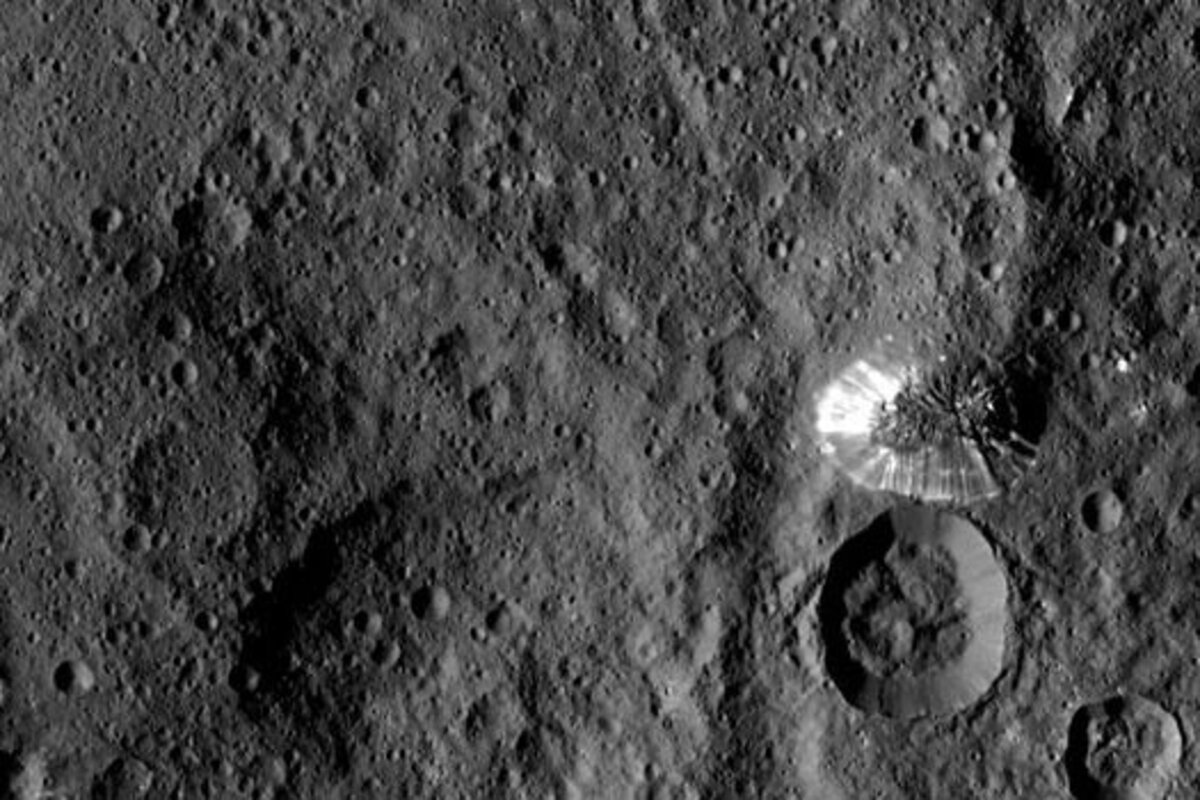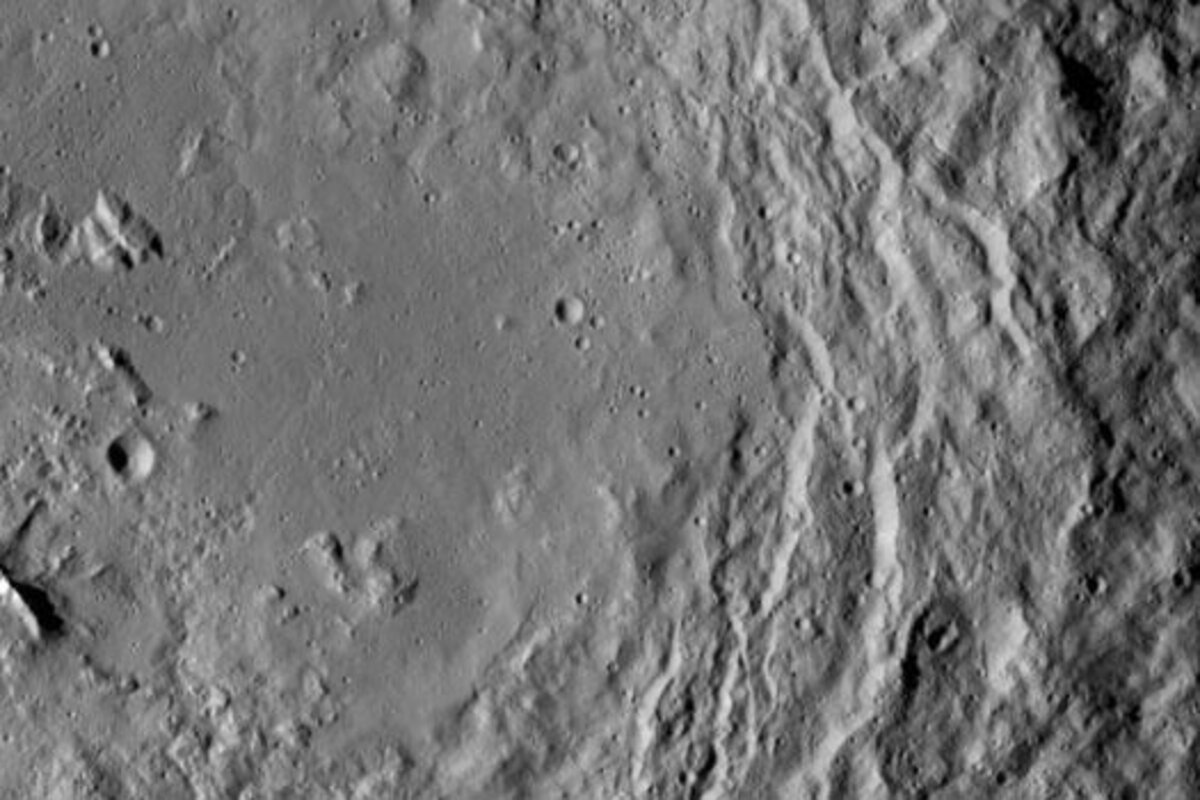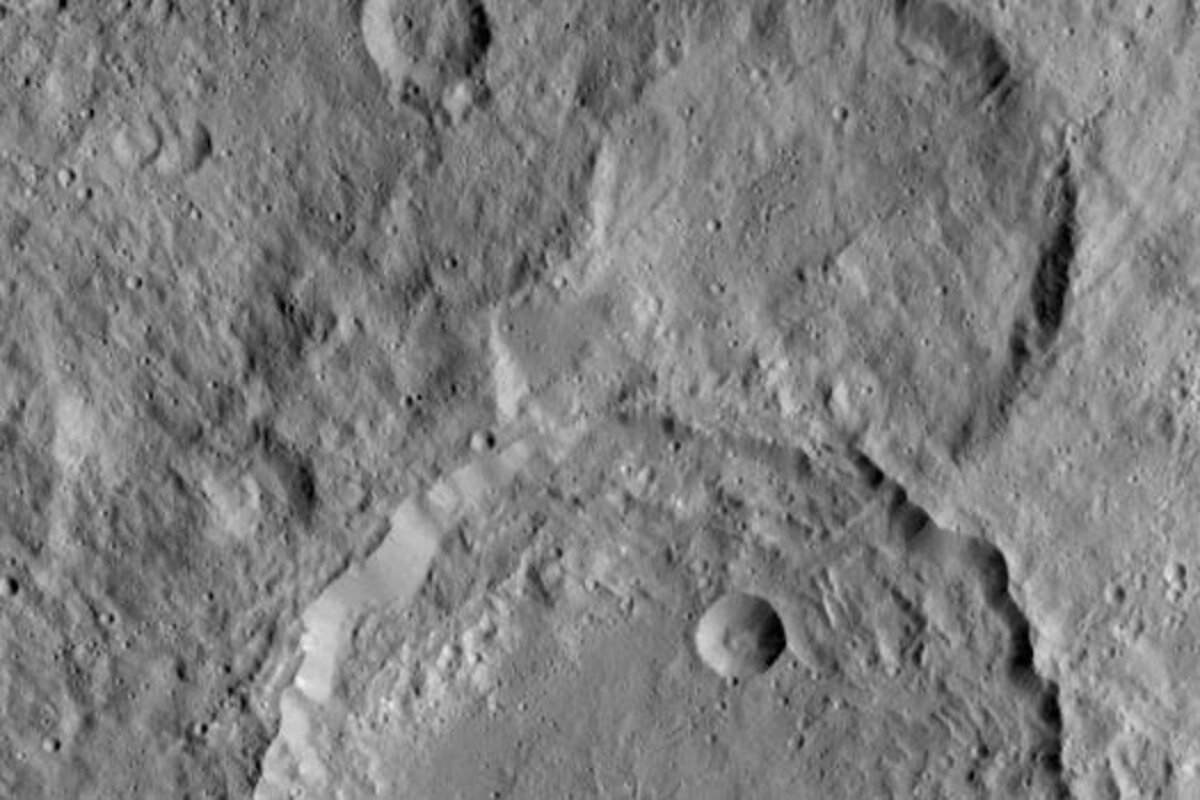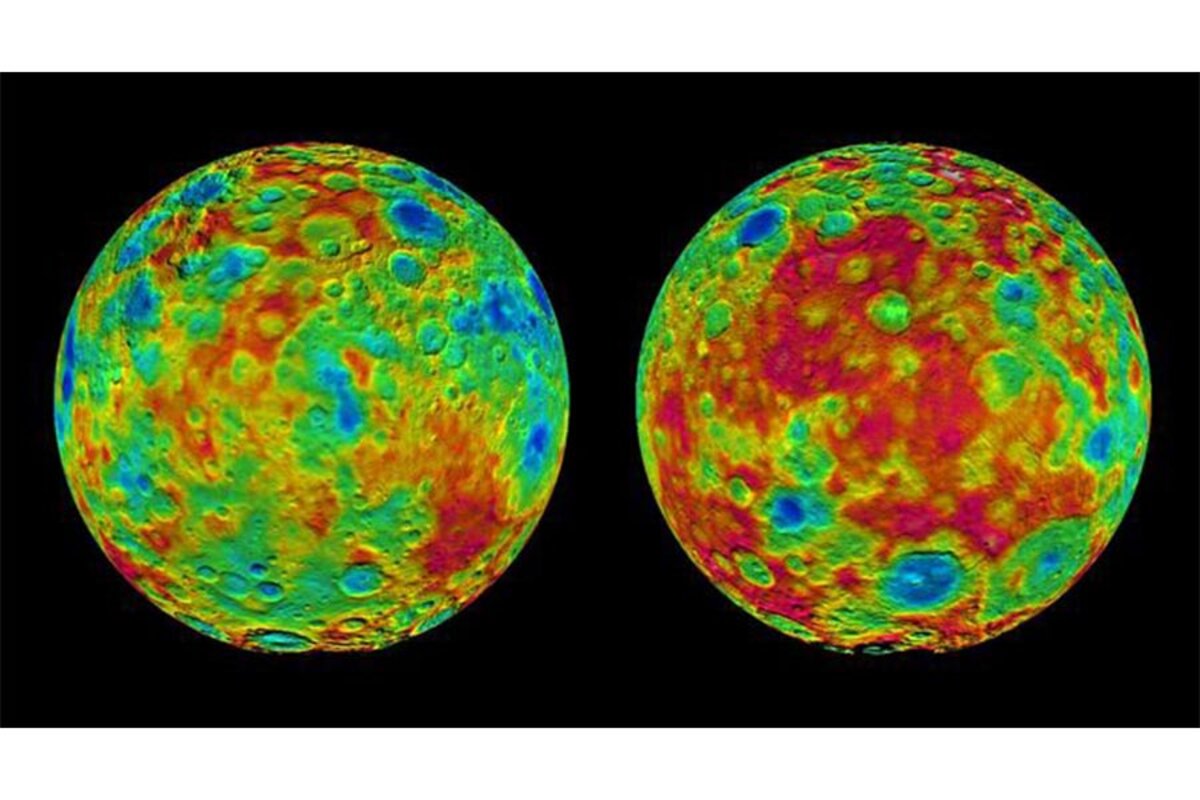NASA's Dawn spacecraft takes remarkable pictures of dwarf planet Ceres
Loading...
NASA's Dawn spacecraft is in the thick of a second adventure. The satellite, which wrapped up a 14-month mission to protoplanet Vesta in 2012, arrived at Ceres – a dwarf planet in the thick of an asteroid belt between Mars and Jupiter – on March 6. The spacecraft is making multiple passes of the illuminated side of Ceres, capturing images for NASA to construct a 3D map of the never-before-seen dwarf planet. Dawn is the first mission to visit a dwarf planet, and the first to orbit two distinct solar system targets.
"Dawn is performing flawlessly in this new orbit as it conducts its ambitious exploration. The spacecraft's view is now three times as sharp as in its previous mapping orbit," said Marc Rayman, Dawn's chief engineer and mission director, based at NASA's Jet Propulsion Laboratory, Pasadena, California.NASA on Tuesday released four new images – the sharpest ever taken – of the surface of Ceres.
The lonely mountain
Dawn captured this tall, conical mountain on Ceres from a distance of 915 miles. The mountain, located in the southern hemisphere, stands 4 miles high. Its perimeter is sharply defined, with almost no accumulated debris at the base of the brightly streaked slope, according to NASA.
The Urvara peaks
This image shows a mountain ridge, near lower left, that lies in the center of the Urvara crater on Ceres. Urvara is a name derived from an Indian and Iranian deity of plants and fields. The crater's diameter is 101 miles, and this view was acquired on August 19, 2015, from a distance of 915 miles.
Gaue crater
This is the Gaue crater, the large crater on the bottom of Ceres. Gaue is named for a Germanic goddess to whom offerings are made in harvesting rye. The center of this crater's diameter is 52 miles. The image was taken from a distance of 915 miles on August 18, 2015.
Ceres' two hemispheres
This pair of images shows color-coded maps of the the highs and lows of the surface of Ceres. The color scale extends about 5 miles below the surface in indigo to 5 miles above the surface in white. This topographic map was constructed from analyzing images from Dawn's camera taken from varying angles, and combining a multitude of images of the dwarf planet. The well-known bright spots in the center of Ceres northern hemisphere in the image at right retain their bright appearance, although they are color-coded in the same green elevation of the crater floor in which they sit, according to NASA.












